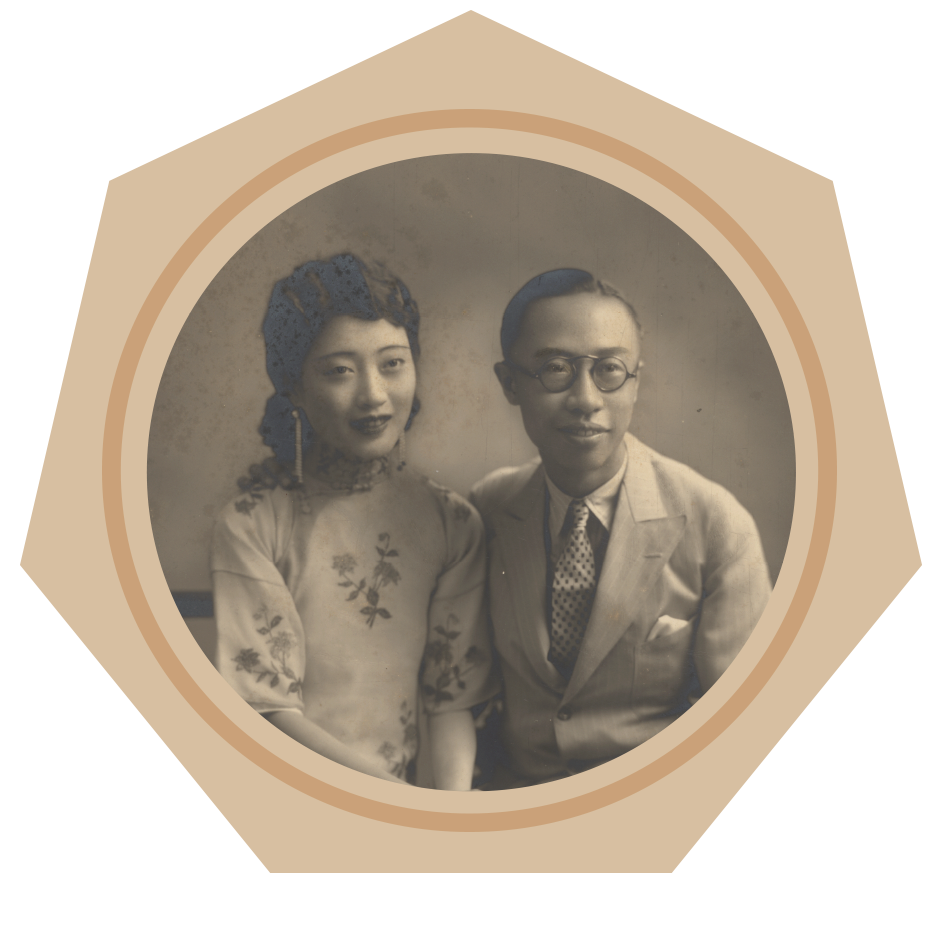A photograph frames a fleeting moment into eternity, and the invention of photographic technology has brought the application of pictorial images into full play. In 1839 when the technique of optical imaging was invented, it swept across the world. The circulation of pictures cut short the geographical distances among countries, and their histories and cultures, captured by camera lenses, rapidly traveled around the globe. Its advent made a breakthrough which could not be achieved by traditional texts and illustrations. With a camera in hand, a photographer captures the realities of life in a flash, and the powerful visual impact embedded in the images has made photography the finest approach to chronicling the development of the new era.
Photography stands alone as an art in itself. Not only is it a vehicle carrying information on the "who, what, where, when, and why" of events, but also a reflection of the diversity and vitality of an era. Traditional illustrations and texts fall short of competing with its influence and impact. Photography was introduced into China during the late Qing dynasty (1644-1911) soon after its invention. It came with the arrival of Western photographers in Macao, Hong Kong, and Guangzhou (or Canton), spreading farther inland from Shanghai, timely capturing a modern China caught in the throes of the clashes between old thinking and new trends, and between traditional culture and foreign influences over the course of a century. The images also bear witness to the dribs and drabs in the transition of political powers, the come-and-go of prominent figures, and the transformation of social reality.
The exhibition has as its theme the Forbidden City at the turn of the 19th and 20th centuries. It is made up of seven sections: "The Imperial Household," "The Last Emperor and Empress," "The Imperial Couple's Tutors and Friends," "The Palaces and Gardens," "The Late Qing Reforms," "Chinese Society in the Late Qing and Early Republic," and "The Inauguration of the Palace Museum and the Odyssey of Its Treasures." The assemblage of more than 400 photographic images on loan from the Palace Museum of Beijing and the renowned photographer Mr. Zhuang Ling, supplemented by archival materials held by the National Palace Museum, will take the audiences on a journey back in time, and put them face-to-face with members of the Qing imperial family and their living quarters, the grand and imposing palatial architecture, people from different walks of life in a society in transition, the implementation of a series of reforms in the last decade of the Qing dynasty, and the transformation of what had been an imperial art collection into a public museum, as well as the evacuation southward of its most important holdings in the wake of Japanese invasion, and their eventual arrival in Taiwan.
A retrospect of the past century reveals the evanescent nature of worldly affairs. With the historical images on view in the exhibition, the era long gone is now brought back to life again. The encounter with those remotely familiar faces and stories will leave the audiences with a distinct sense of déjà vu. While time has put away the past, its track is so vividly preserved and imprinted by historical photographs that the audiences are likely to utter an exclamation of how the world has changed.


